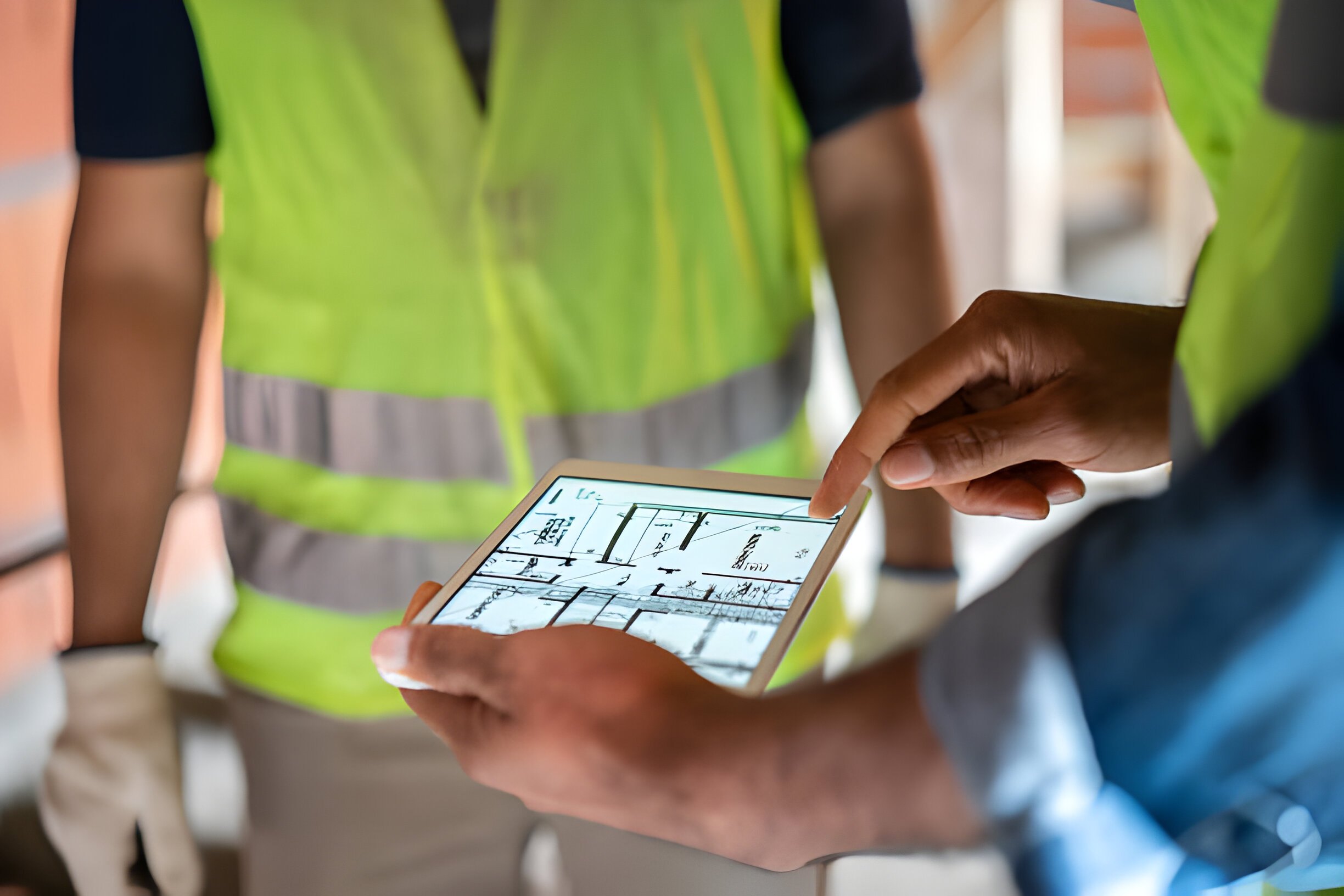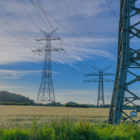The civil engineering design process is a crucial step-by-step method for ensuring safe and functional infrastructure. It starts by clearly defining the project’s purpose and requirements. This lays the groundwork for research, where engineers gather information on factors like soil conditions and building codes. Next comes brainstorming solutions that consider budget, safety, and environmental impact.
Evaluating these options carefully helps choose the best fit. Finally, testing and refinement guarantee the design meets all needs before construction begins. Following this process helps avoid costly mistakes and ensures the infrastructure we rely on is built to last.
You can also read about 7 stages of construction
Top 5 Steps In The Civil Engineering Design Process
Define the Problem
The first step in any civil engineering project is clearly defining the problem that needs to be solved. This involves gathering information about the project site, the intended use of the structure, and the community’s needs.
Civil engineers will consider factors like the structure’s size and capacity, local building codes and regulations, and environmental considerations. They will also work closely with stakeholders, such as architects, developers, and government officials, to understand their specific requirements and vision for the project.
Research and Analysis
Once the problem is clearly defined, civil engineers go on a thorough research and analysis phase. This involves collecting and analyzing data about the project site. They may conduct soil tests to determine the load-bearing capacity of the ground, study weather patterns to understand potential wind and snow loads and research existing structures in the area to learn from past successes and failures.
Civil engineers will also use sophisticated computer software to model the structure and analyze its behavior under different loading conditions. This analysis helps them identify potential weak points and ensure the structure can withstand the forces it will be subjected to throughout its lifespan.
Develop Design Solutions
With a clear understanding of the problem and the constraints involved, civil engineers begin to develop creative design solutions. This phase is often highly collaborative, with engineers brainstorming different options and evaluating their feasibility.
They will consider factors like the construction cost, the availability of materials, the ease of maintenance, and the structure’s aesthetics. Civil engineers may also develop multiple design options to present to stakeholders, allowing informed decision-making about the project’s direction.
Testing and Refinement
Once a preliminary design is chosen, civil engineers will create detailed plans and specifications for the project. These plans will include everything from the type and amount of materials required to the specific construction methods used.
In some cases, civil engineers may also build physical or digital models of the structure to test its performance under simulated conditions. This testing allows them to identify any potential flaws in the design and make necessary adjustments before construction begins.
Construction and Completion
The final step in the civil engineering design process is construction. Civil engineers will work closely with contractors and construction crews to ensure the project is built according to the approved plans and specifications.
They will perform regular inspections throughout the construction process to identify and address any problems that may arise. Once construction is complete, civil engineers will conduct final inspections and testing to ensure the structure meets all safety and performance standards.
Conclusion
You need to follow a clear civil engineering design process to bring infrastructure projects to life. Engineers figure out what’s needed and if it’s possible. Then, they draw up plans considering safety, usefulness, and the environment. Once everything is approved, they create detailed drawings for construction. Finally, they build and watch over the project to ensure it’s done right.






Top 6 Considerations for Sustainable Civil Engineering Projects - Welcome to Menara EE Sdn Bhd
[…] You can also read about 5 Steps in the Civil Engineering Design Process […]